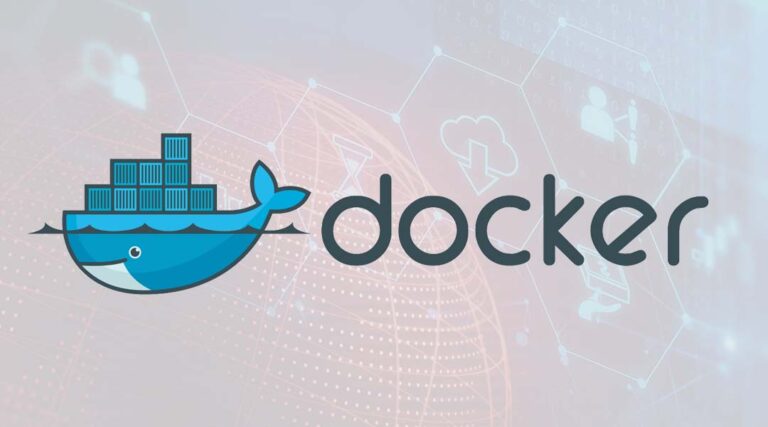
Docker took a step towards the edge yesterday, announcing what it described as a strategic partnership with mobile and embedded chip powerhouse Arm.
While Arm-based PC-like devices are still not exactly mainstream, the UK-based firm’s IP pops up everywhere in today’s networks from edge devices – both in client and embedded devices, and all the way back to the data centre.
But of course, those edge devices, from self-loving teens’ smartphones to the increasing amount of IoT and embedded devices, are hosing data back through the network, and to the data centre. The deal aims to use container tech to push at least some of the processing associated with this data back towards the edge.
The tie-up aims to allow “cloud developers to build applications for cloud, edge, and IoT environments seamlessly on the Arm architecture” and the companies said they are working together “to provide the first frictionless cloud-native unified software development and delivery model for cloud, edge, and IoT devices”.
As Docker puts it, “Docker and Arm are addressing this challenge by offering a common software pipeline for cloud, edge and IoT, allowing developers to remove the dependencies of applications from infrastructure, while gaining delivery and production frameworks.”
Apparently, this means “Docker developers seamlessly becoming Arm developers, instantly taking advantage of new services like AWS EC2 A1 instances based on AWS Graviton Processors that feature 64-bit Arm Neoverse™ cores.”
The partners will also make Docker-based solutions available to Arm’s developer ecosystem, “as an extension of the Arm Neoverse platform. This integration means millions of Arm developers can now leverage Docker-based solutions to build and deploy their applications more quickly and easily across a wide range of applications from cloud to edge to device.”
They will also provide a Docker Enterprise Engine for Amazon EC2 A1 instances powered by AWS Graviton Processors that feature 64-bit Arm Neoverse cores and custom silicon designed by AWS.
Explaining the tie up to our friends at The Register, David Messina, EVP of Strategic Alliances at Docker said, “For developers, what this means for them is an opportunity to do what they’ve done with x86 now seamlessly with Arm. And then for enterprises, many of our customers see the edge as an important part of their digital transformation strategies.”
Getting a bit more nitty gritty, he explained that with container-based architectures, only changes would need to shipped back and forth between the centre and the edge, while more machine learning and data analysis could be handled locally.
He said that the two are working on emulation technology to allow “Docker developers on Mac and Windows to do commands like docker run and docker build on an x86 machine, but feel like that’s Arm without cross-compiling.”
At first glance anyway, the move gets Docker into some shiny new markets. Most of the news out of Docker in recent months has focused on the Wintel world, or rather Docker’s pitch to help companies get their apps off Microsoft’s aging server OS’s, and otherwise help companies preserve their legacy apps. This is necessary work, but not necessarily “the future”.
